Growing Focus on Patient-Centric Care
The shift towards patient-centric care is a driving force in the Healthcare And Laboratory Labels Market. As healthcare providers increasingly prioritize patient safety and satisfaction, the need for clear and informative labeling becomes paramount. Labels that provide essential information about medications, dosages, and potential side effects are crucial for empowering patients in their healthcare journeys. This trend is reflected in the rising demand for labels that are not only functional but also user-friendly. The market is expected to witness a growth rate of approximately 4.8% as healthcare organizations seek to enhance communication with patients through effective labeling practices. By investing in high-quality labels, healthcare providers can improve patient outcomes and foster a more informed patient population.
Regulatory Compliance and Standardization
Regulatory compliance plays a crucial role in shaping the Healthcare And Laboratory Labels Market. Stringent regulations imposed by health authorities necessitate the use of standardized labeling practices to ensure safety and traceability. Labels must comply with various guidelines, including those related to hazardous materials, pharmaceuticals, and medical devices. As a result, healthcare organizations are increasingly investing in labeling solutions that meet these regulatory requirements. The market is witnessing a surge in demand for labels that not only adhere to compliance standards but also enhance the overall safety of healthcare operations. This focus on regulatory adherence is expected to drive market growth, as organizations prioritize the implementation of reliable labeling systems to mitigate risks associated with mislabeling and ensure patient safety.
Increase in Laboratory Testing and Diagnostics
The Healthcare And Laboratory Labels Market is poised for growth due to the increasing volume of laboratory testing and diagnostics. As healthcare systems expand their testing capabilities to meet rising patient needs, the demand for reliable labeling solutions becomes critical. Accurate labeling is essential for ensuring the integrity of test results and maintaining the chain of custody for samples. Recent statistics indicate that the laboratory testing market is expected to grow by 7% annually, driven by advancements in diagnostic technologies and an aging population. This surge in testing activities necessitates the implementation of robust labeling systems that can withstand the rigors of laboratory environments. Consequently, manufacturers are focusing on developing durable and efficient labeling solutions to support the growing demands of the healthcare and laboratory sectors.
Rising Demand for Efficient Labeling Solutions
The Healthcare And Laboratory Labels Market is experiencing a notable increase in demand for efficient labeling solutions. This trend is driven by the need for accurate identification and tracking of samples, medications, and equipment within healthcare settings. As healthcare facilities strive to enhance operational efficiency, the adoption of advanced labeling technologies is becoming paramount. According to recent data, the market for healthcare labels is projected to grow at a compound annual growth rate of approximately 5.5% over the next few years. This growth is indicative of the industry's shift towards automation and streamlined processes, which are essential for maintaining high standards of patient care and laboratory accuracy. Consequently, manufacturers are focusing on developing innovative labeling solutions that cater to the specific needs of healthcare providers.
Technological Advancements in Labeling Solutions
Technological advancements are significantly influencing the Healthcare And Laboratory Labels Market. Innovations such as digital printing, RFID technology, and smart labels are transforming traditional labeling methods. These advancements enable healthcare providers to improve accuracy, reduce errors, and enhance the overall efficiency of labeling processes. For instance, RFID technology allows for real-time tracking of samples and medications, thereby minimizing the risk of misidentification. The integration of these technologies is projected to propel the market forward, with estimates suggesting a potential increase in market size by 6% annually over the next five years. As healthcare facilities continue to adopt these cutting-edge solutions, the demand for sophisticated labeling systems is likely to rise, further shaping the industry's landscape.


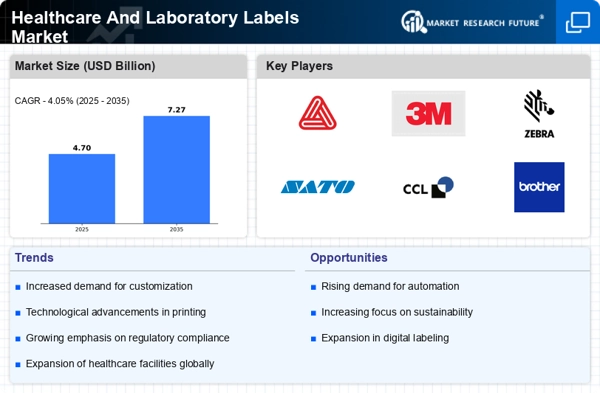
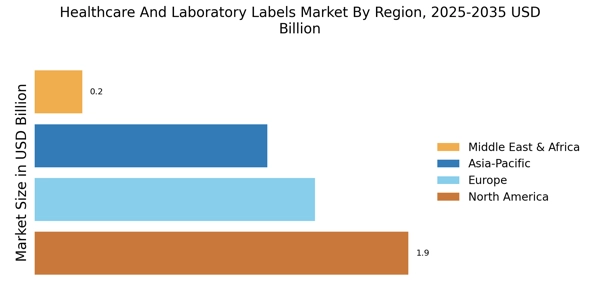

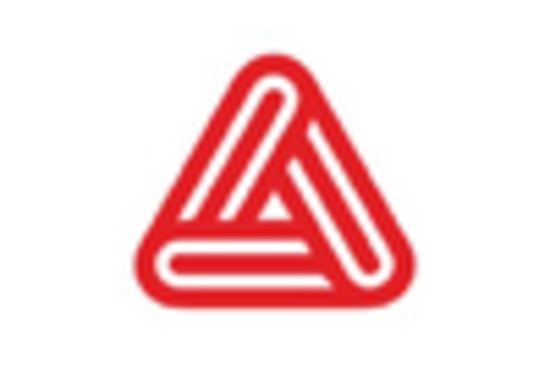
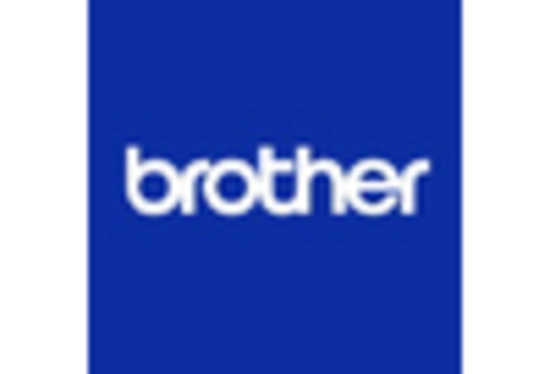
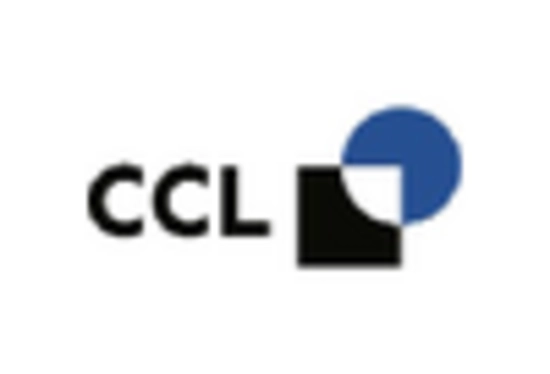
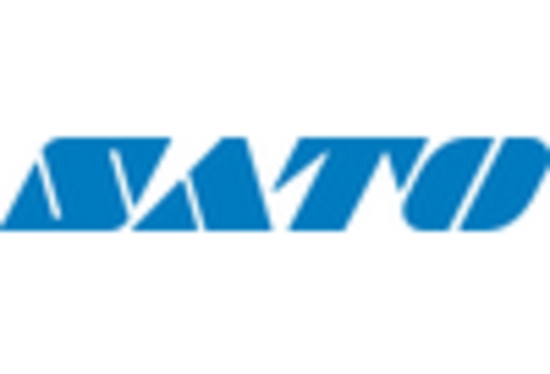
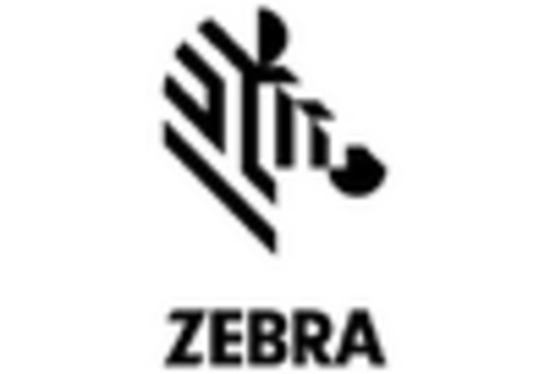








Leave a Comment